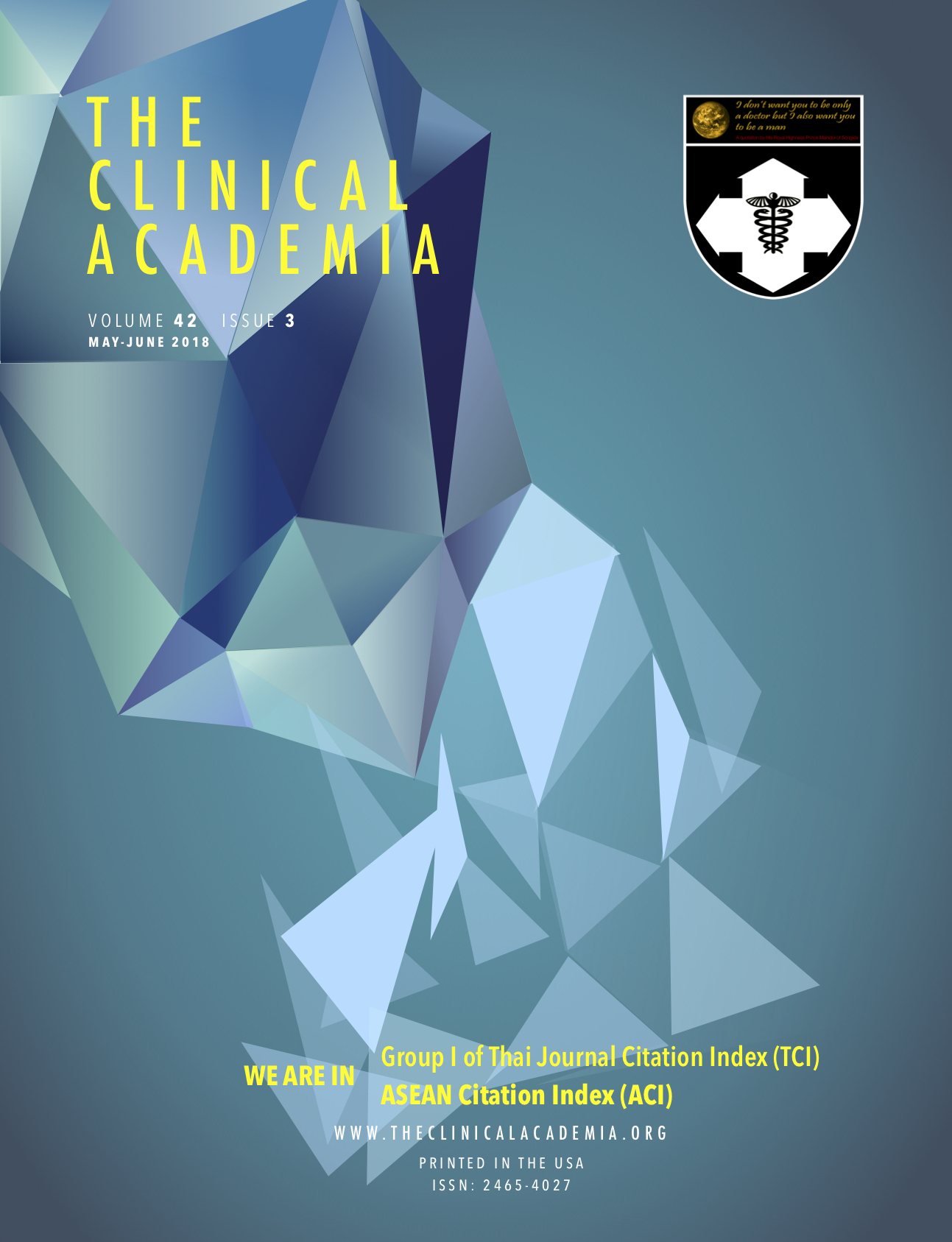Canagliflozin and sitagliptin in type 2 diabetes mellitus: a systematic review
บทคัดย่อ
OBJECTIVE
To identify the efficacies and adverse effects of canagliflozin and sitagliptin.
METHODS
We systematically searched through electronic databases including Pubmed, UpToDate, Scopus and the Cochrane Library as well as hand searching of both published and unpublished randomized controlled trials to compare the efficacy of canagliflozin with that of sitagliptin. The primary outcome was hemoglobin A1c (HbA1c) level.
RESULTS
Four randomized controlled trials were included in the meta-analysis with a total of 2,832 patients with type 2 diabetes mellitus that used metformin for first-line pharmacologic therapy. It showed that canagliflozin at 300 mg can reduce more of HbA1c level than that of sitagliptin 100 mg (SMD -0.28; 95% CI [-0.45 to -0.10]; I2=61%) but not for canagliflozin at 100 mg (SMD 0.00; 95% CI [-0.14 to 0.13]; I2=0%).
CONCLUSIONS
Canagliflozin 300 mg might reduce more of HbA1c level, improve more β-cell function and raise more of HDL-C level than that of sitagliptin 100 mg. However, our meta-analysis of the primary outcome was based on high heterogeneity.



